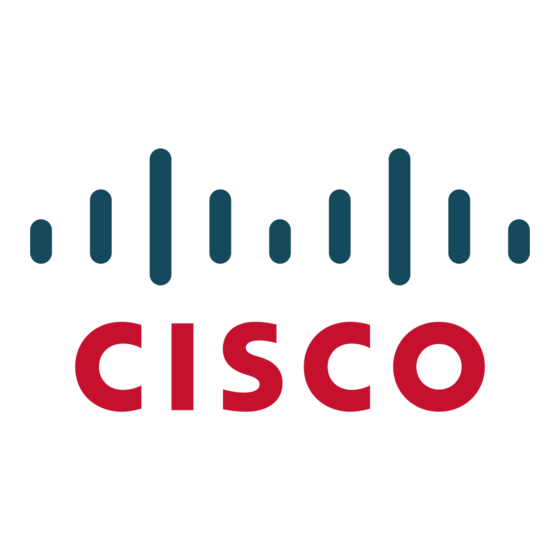Appendix D – Useful software
Most of this guide is concerned with the management of the system by the web interface. All
configuration and troubleshooting can also be done via the command line as well as the check-
ing of the system status. See the Api reference guide for examples of commands that can be
used: http://www.cisco.com/en/US/products/ps11422/prod_command_reference_list.html.
By default all systems have SSH enabled and you can connect to the systems command line using the
appropriate SSH client for your computer. Telnet can be enabled if required, but it is not recommended,
as it is less secure. Useful tools for various operating systems are listed below. SCp (Secure Copy) is
used to retrieve files from the video system.
Windows
•
SSH access: Windows does not come with a built in SSH client. One popular choice is puTTY:
http://www.chiark.greenend.org.uk/~sgtatham/putty/
•
You can setup puTTY to log all sessions to an output file by default which can be useful for
gathering information to send to Cisco support. To do this you have to change the default
settings. Open puTTY and go to
a log file. You can specify something like: c:\putty\&H-&Y&M&D-&T.log which will create a
unique file for every session. The parameters mean;
• &H = hostname for the session
• &Y = year
• &M = month
• &D = day
• &T = time
•
SSH (alternative): mremoteNG which can be useful when managing multiple systems and
can be downloaded here:
http://www.mremoteng.org/
•
SCP: WinSCp (http://winscp.net/eng/index.php) can be used to download files from the system.
•
Wireshark:
http://www.wireshark.org/download.html
from the systems (see "packet capture" on page 29)
•
Serial Access: puTTY can be enabled for serial connections as well.
•
Web Browsers: To access the web interface any modern browser such as Firefox or internet
Explorer or Safari should work correctly.
D15029.01 Troubleshooting Guide TC6.0, April 2013.
Session -> Logging.
Select all session output and specify
is useful for decoding packet captures
OS X (Mac)
SSH/SCP: OS X computers have command line SSH and SCp client installed by default. To
•
access the command line you can use the command: ssh admin@<ip-address>
•
For transferring files from the system to your local computer, SCp from the command line is
quite easy. if you have taken a packet capture directly from the system (see "packet capture"
on page 29) and want to copy that file from the system e.g. capture.pcap from /tmp on
the video system, to the current directory on local computer (do not forget the space nd "." at
•
SSH GUI: iTerm 2 is a good SSH/Telnet client with bookmarking features and can be downloaded
from
http://www.iterm2.com
•
Wireshark
http://www.wireshark.org/download.html
from systems (see"packet capture" on page 29) if you are using Mountain linon, you. will
need to install Xquartz.
•
RS-232: Zterm
Web Browsers: The latest releases of internet Explorer, Mozilla Firefox, Opera, Chrome or
•
Safari are recommended
Linux
•
SSH/SCP: As with OS X above you can use the built in SSH and SCp command lines tools
to access the command line and download files.
•
SSH GUI: A GUi utility for managing multiple hosts is called pAC (pac manager)
http://sourceforge.net/projects/pacmanager/
•
Wireshark:
http://www.wireshark.org/download.html
from systems (see "packet capture" on page 29)
•
RS-232: For serial access there are many utilities – some well known applications are minicom
or GTKTerm
•
Web Browsers: The latest releases of internet Explorer, Mozilla Firefox, Opera, Chrome or
Safari are recommended
Packet capturing via Cisco Switch
You can packet capture directly from the video system, but there are limitations to this, such as the
amount of time you can capture for due to the limited internal space available for storeage.
To get around this issue you can, if using a Cisco switch, enable port spanning which duplicates all
traffic entereing and leaving one port to another monitor port where you can attach a computer running
Wireshark to capture traffic.
For some examples on how to achieve this on various switches, please see
com/en/US/products/hw/switches/ps708/products_tech_note09186a008015c612.shtml
documentation for your switch model.
34
Troubleshooting Guide TC6.0
is useful for decoding packet captures
is useful for decoding packet captures
here:http://www.cisco.
or refer to the
Copyright © 2013 Cisco Systems, Inc. All rights reserved.

